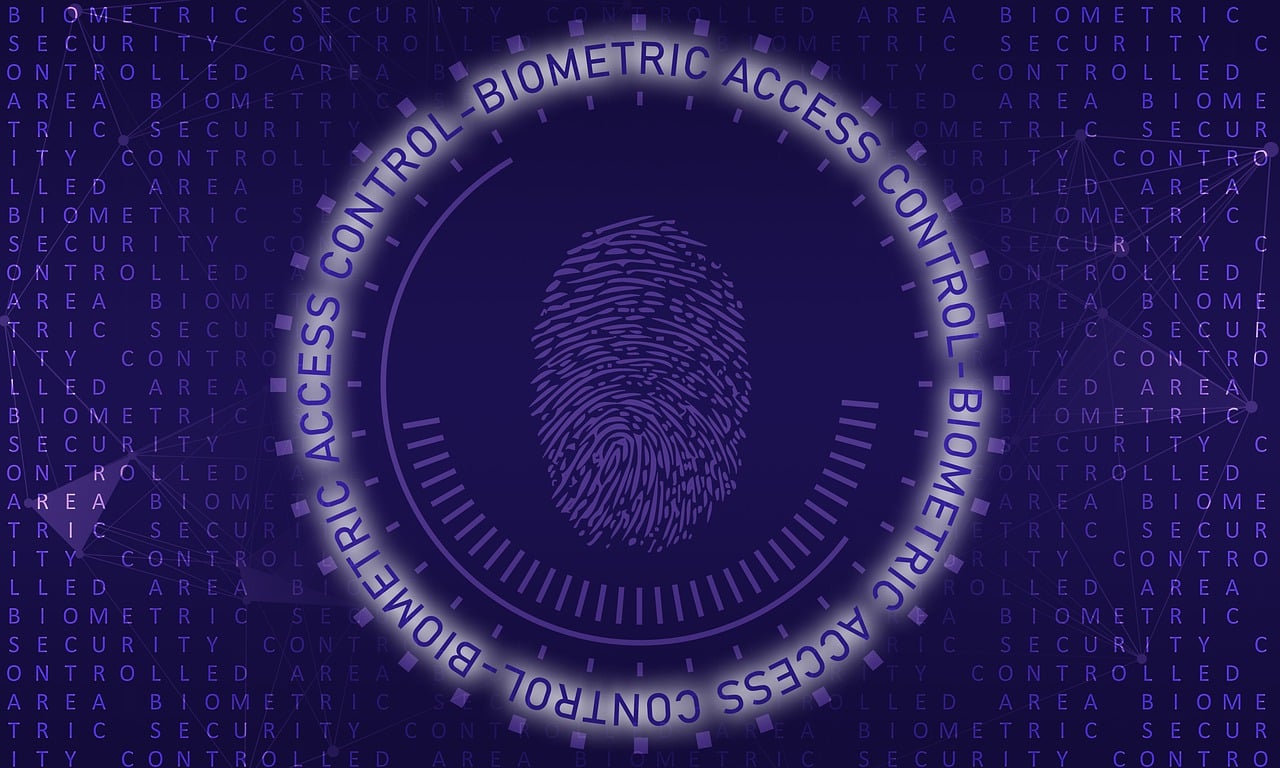
The Tipping Point: Biometric Authentication in Wearable Health Tech for Crisis Response
The realm of wearable health technology is on the precipice of a significant transformation, with a particular weak signal indicating the emergence of a novel trend that might not be widely recognized yet within the industry: the integration of biometric authentication technologies for enhanced remote monitoring, specifically within crisis-struck regions. This development promises a confluence of individualized security, immediate healthcare delivery, and a new tapestry of data for humanitarian response strategies.
13 February 2024
Tags:
bananas, water
Introduction
The rising potential of wearable health tech lies not only in its ability to monitor vitals but also in its capacity to secure and streamline healthcare delivery in crisis circumstances. Biometric authentication, a feature growing in consumer tech markets, is a weak signal that could revolutionize how these technologies serve vulnerable populations and enable responders in emergency situations.
What's Changing?
Recent advancements indicate a cross-industry push towards integrating biometrics with wearable health technology:
- Growth in Biometric Sensors: Asia-Pacific regions, including Japan and India, are witnessing substantial growth in biometric sensor markets, further driven by China's dominant market projections.
-
Renewable Hydrogen Production: Regions like China are also investing heavily in renewable energy, signaling a general regional openness to advanced, sustainable technologies.
- Cybersecurity Concerns: Ransomware remains a significant concern for industrial enterprises, highlighting the critical need for secure remote health monitoring systems.
-
Wireless Sensor Proliferation: Nearly half of the predicted billions of new wireless sensors will be located within buildings, indicating a surge in ambient and body-worn sensors for various applications.
This confluence of technological adoption and security needs points towards an emerging trend where biometric authentication could become a cornerstone of wearable health technology, particularly for remote monitoring in high-risk or crisis-stricken areas.
Why is this Important?
The integration of biometric authentication into wearable health technology stands to revolutionize remote monitoring and crisis response:
-
Security and Personalization: Biometric data ensure that the health data transmitted is secure and personalized, facilitating accurate and efficient healthcare delivery.
-
Emergent Crisis Response: In areas like Gaza, facing long-term economic ruin and humanitarian crises, secure wearable health tech could drastically improve emergency response and patient tracking.
-
Global Shifts: Climate phenomena such as El Nino and projected increases in humanitarian crises signal a pressing need for adaptable, secured health monitoring systems for at-risk populations.
The potential for biometric-enabled wearable health tech in these settings could be immense, offering both an advancement in healthcare quality and an enhancement in secure, targeted aid distribution.
Implications
The integration of biometric verification into wearable health tech has far-reaching implications:
-
Enhanced Emergency Aid: In crisis-hit regions, secure wearable health tech can ensure aid reaches the intended recipients, while providing real-time data to responders.
-
Data Security: In a digital age fraught with cyber threats, biometrically secured health data can protect against data breaches and misuse.
-
Regulatory Compliance: Wearable tech featuring biometric authentication may align with global data protection regulations, making it universally applicable and trusted.
-
Industry Disruption: As this trend takes hold, traditional wearable health tech without biometric capabilities may become obsolete.
Thus, stakeholders across the healthcare, tech, and humanitarian sectors must begin to adapt to this emerging reality.
Questions
To further investigate the scope of this trend, leaders and decision-makers should consider:
-
What steps can be taken to introduce biometric authentication in wearable health tech, particularly for use in crisis scenarios?
-
How can data privacy and security be guaranteed when deploying biometric-enabled wearables within vulnerable populations?
-
What are the potential regulatory hurdles in different global regions for biometric health technologies?
-
How can collaborations between tech companies and humanitarian organizations be fostered to leapfrog this technology in crisis response?
Summary
As the world grapples with increasing health crises and security challenges, the integration of biometric authentication in wearable health technology surfaces as a weak signal with the potential to herald a new era in crisis response and remote patient monitoring. The trend towards securing personalized patient data while ensuring efficient aid delivery reflects a nuanced convergence of technological sophistication with humanitarian insight.
Bibliography
Further readings and sources that have informed this trend analysis include:
- Asia-Pacific Fingerprint Sensor Market Report – Yahoo Finance
- Renewables Capacity and Green Hydrogen Production – Global Trade Review (GTR)
- Cybersecurity Predictions for Industrial Enterprises – Kaspersky Labs
- Wireless Sensors Innovation – Edie
- Crises and Humanitarian Challenges – ReliefWeb